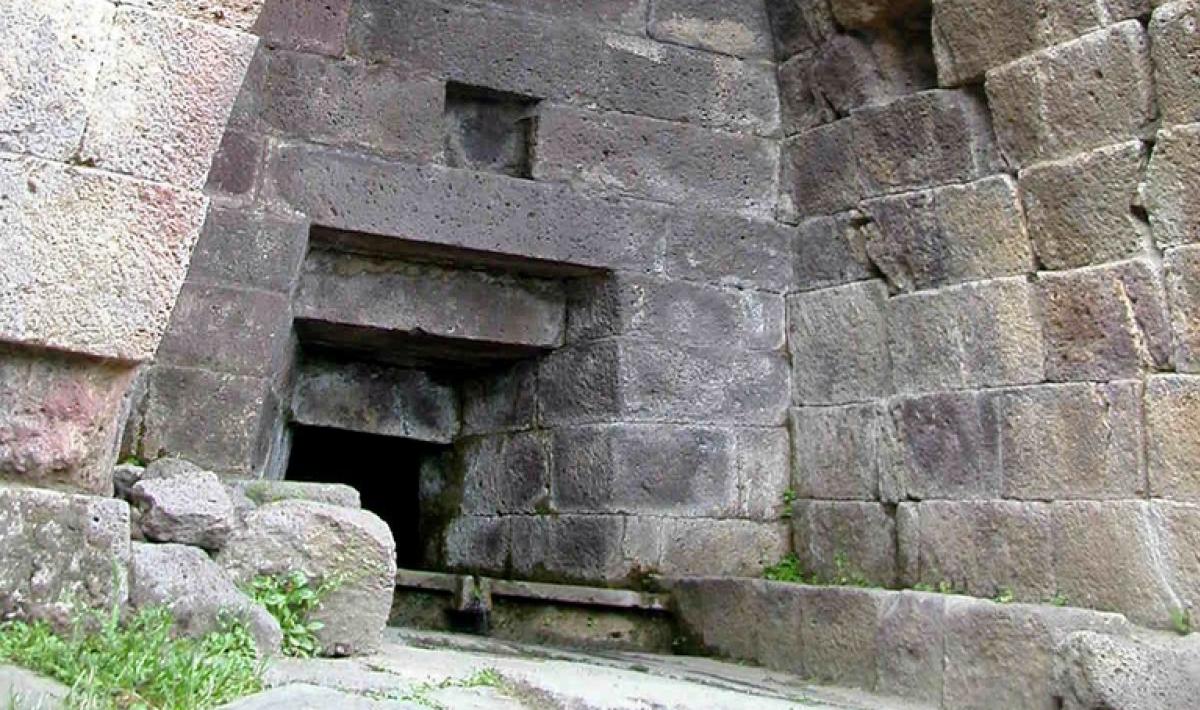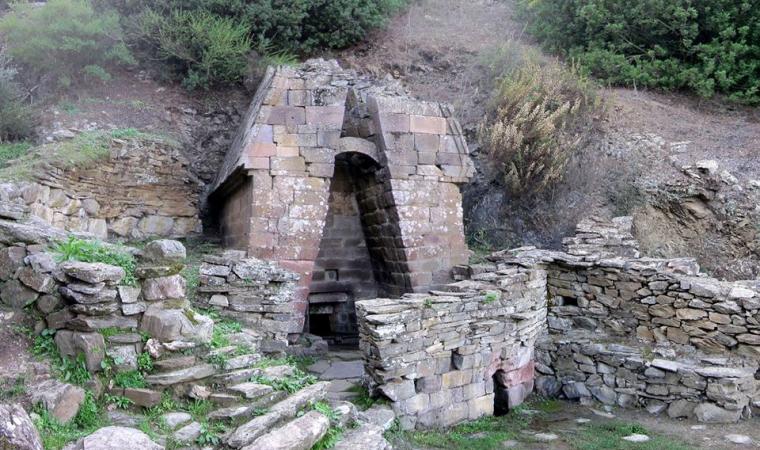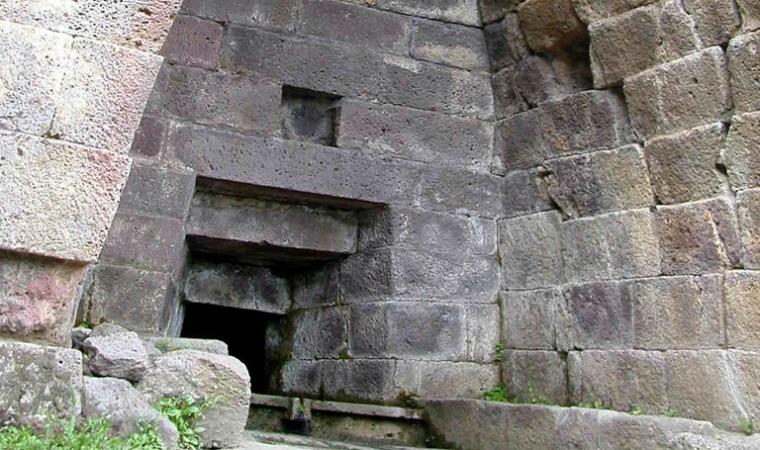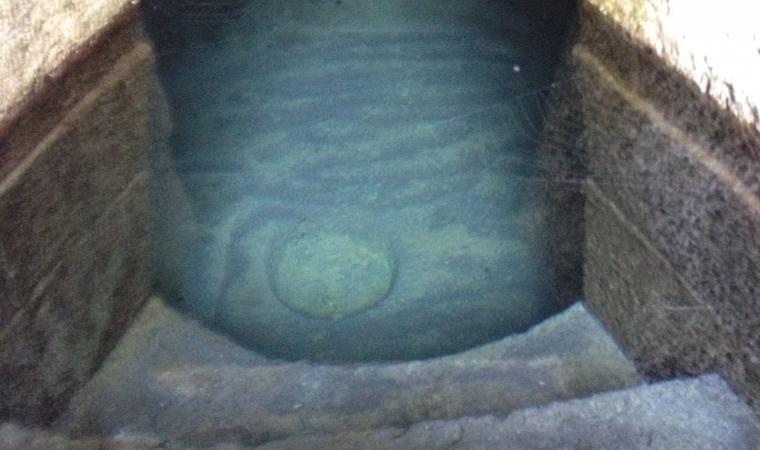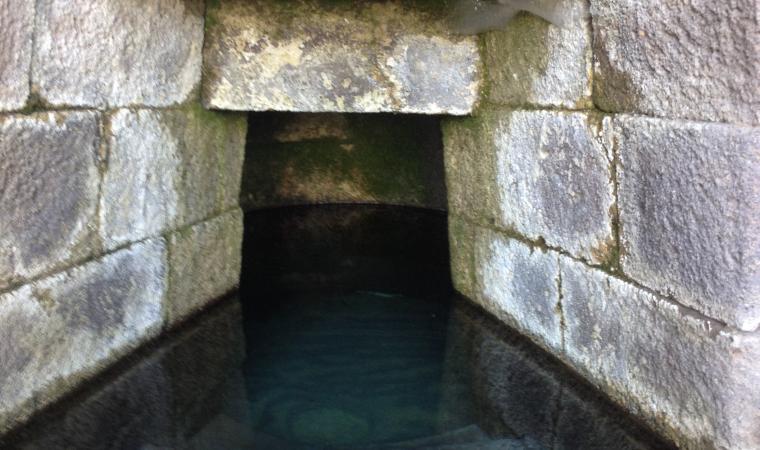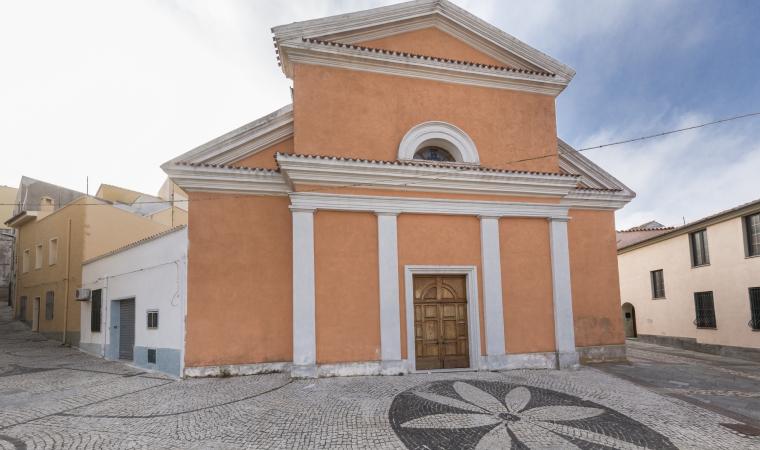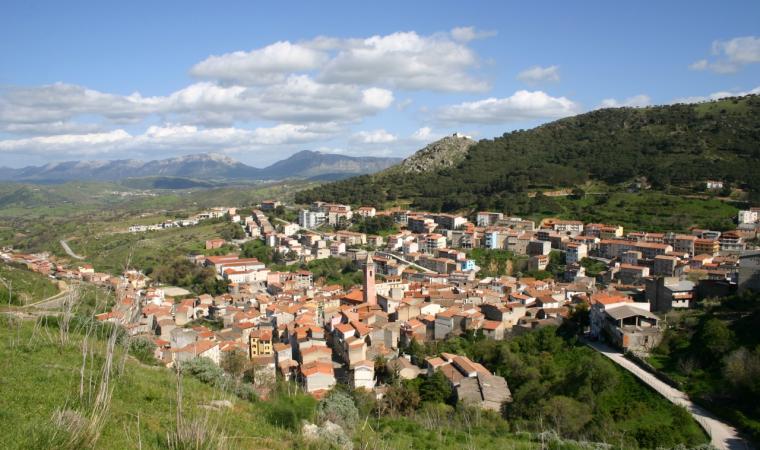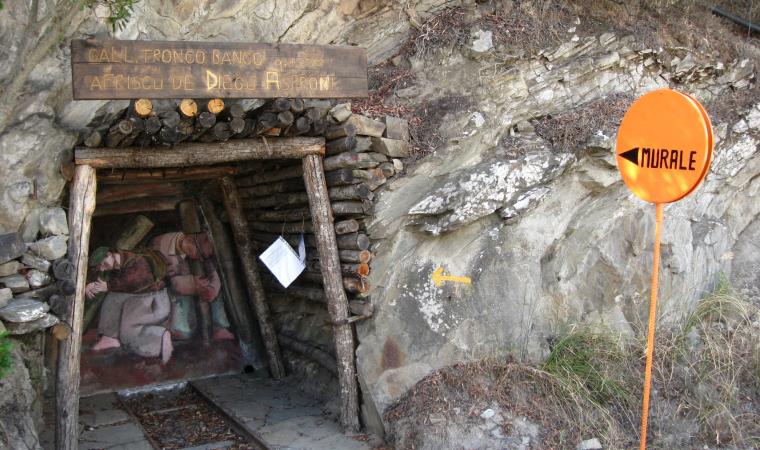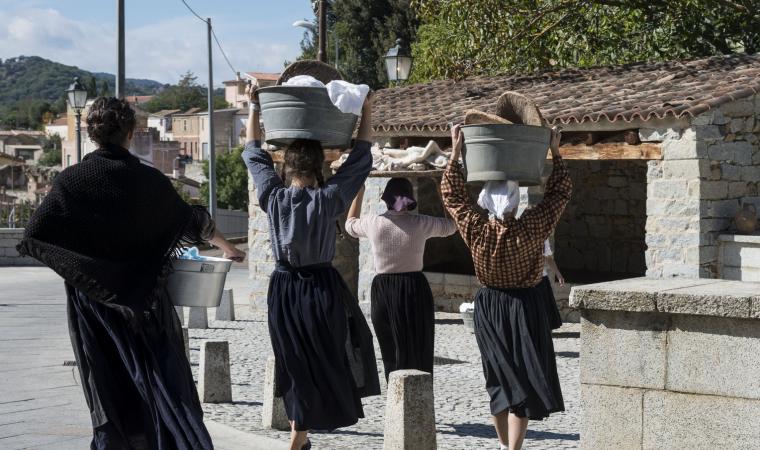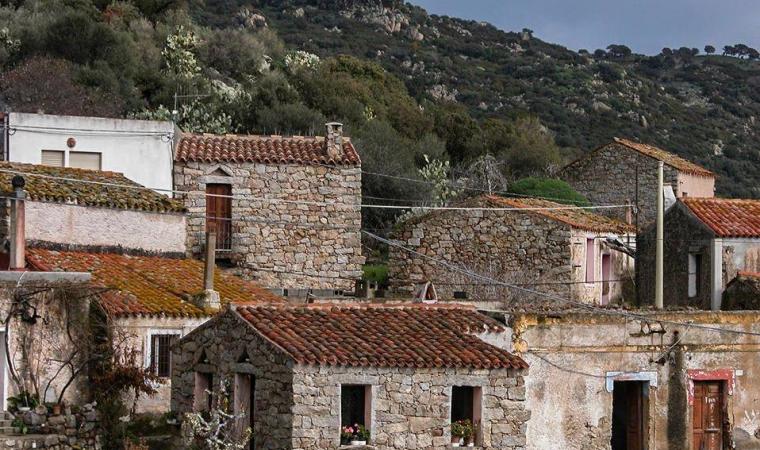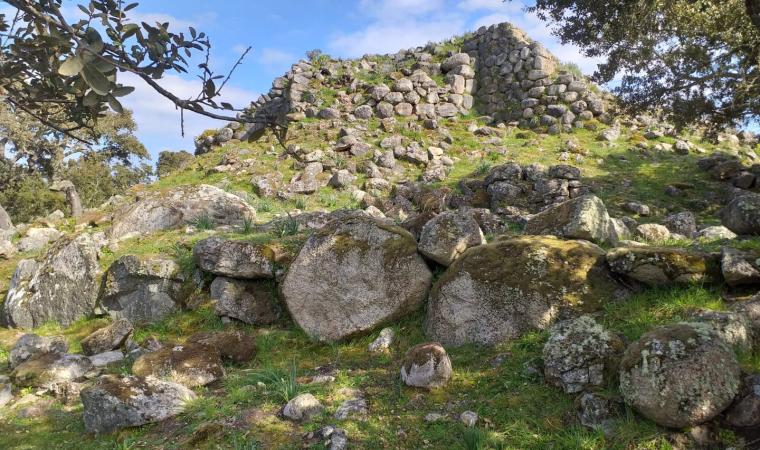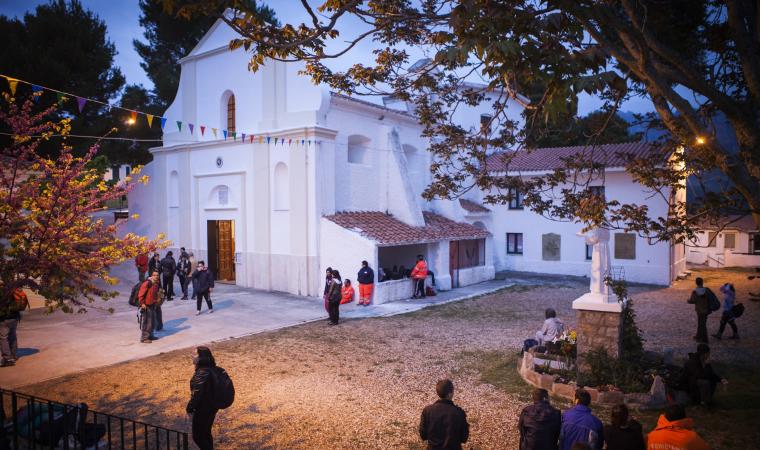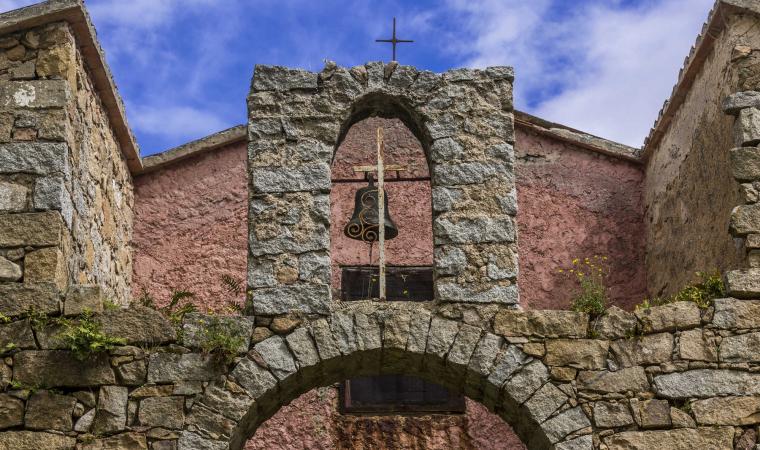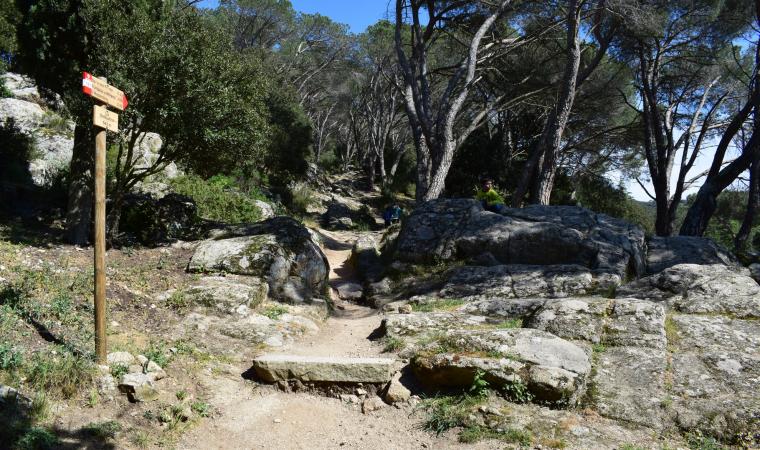One of the most significant and complete pieces of evidence left to us by the Nuragic civilization. Su Tempiesu is a well-temple dedicated to the worship of the water deities, built using the Opus isodomum technique with perfectly finished trachyte and basalt ashlars. It dates back to the Late Bronze Age (13th century BC) and it was frequented until the beginning of the Iron age (4th century BC). The site, which was discovered in 1953, is situated against a rock face, where spring water flows, providing water to the sacred well, in the locality of Sa Costa 'e Sa Binza, six kilometres from Orune, the territory of which stands out due to the concentration of Nuragic temple wells in it: you can also visit those of Lorana and Su Lidone.
Su Tempiesu is the only original evidence still remaining of a covered sacred well structure built on elevation.

